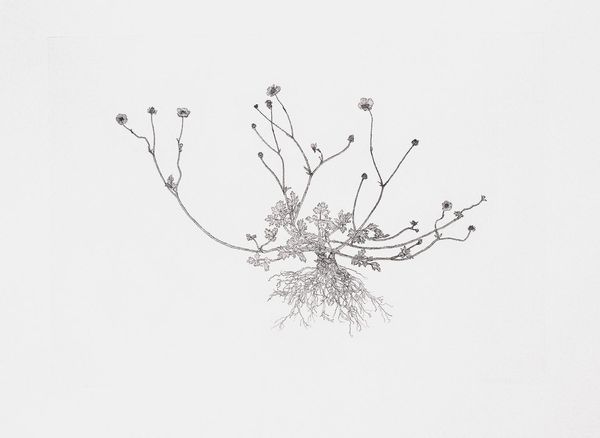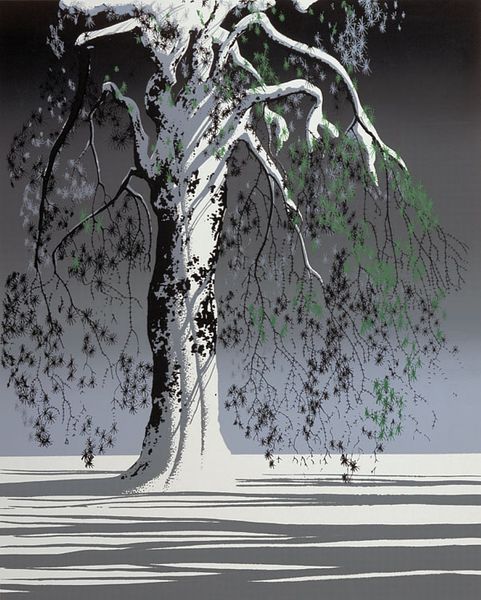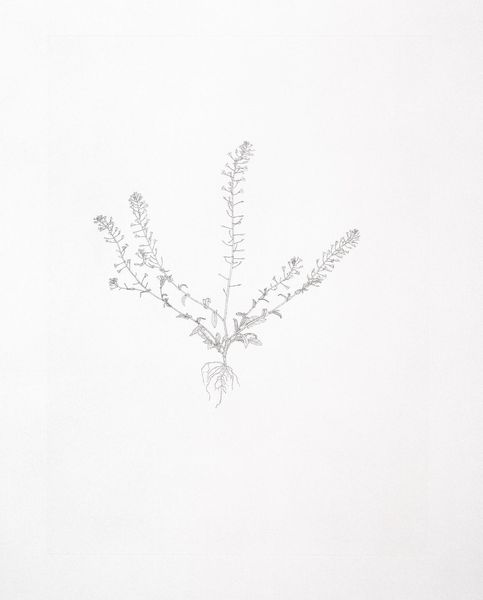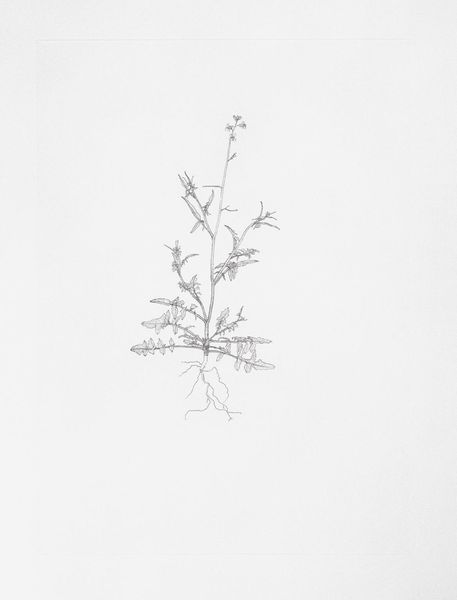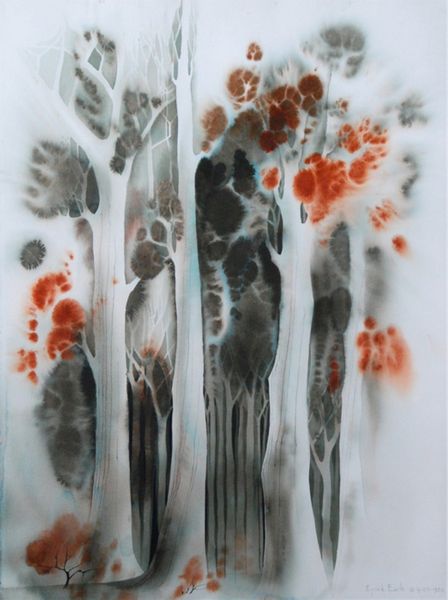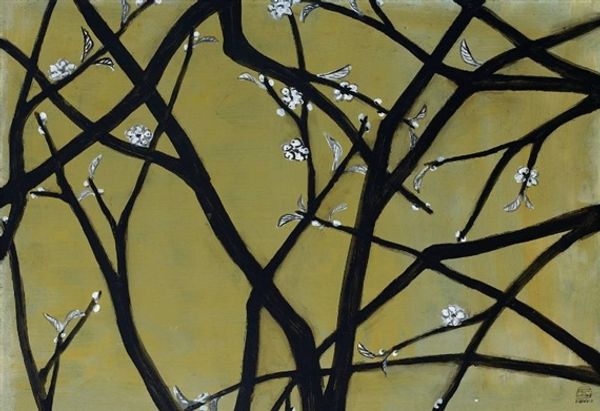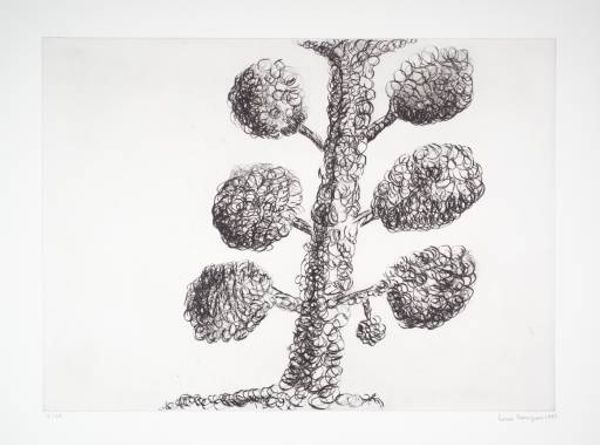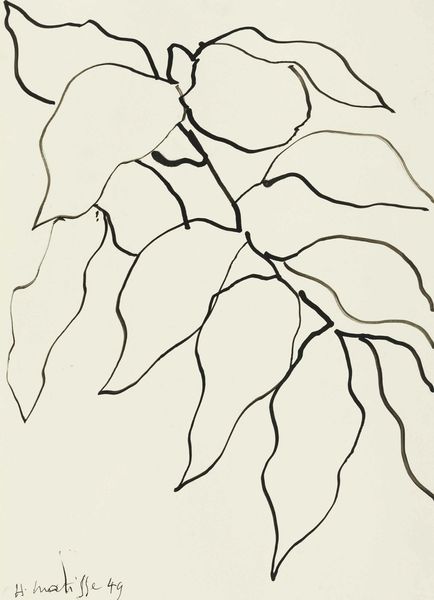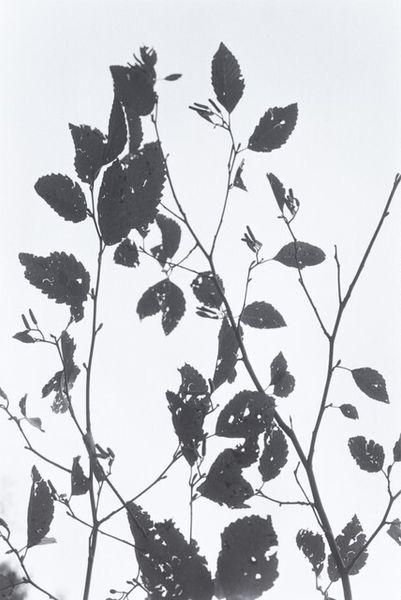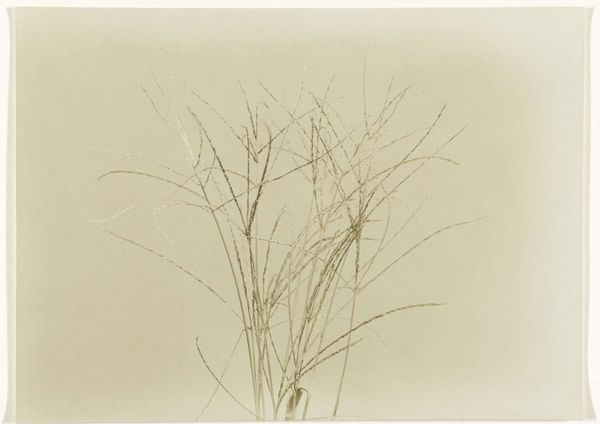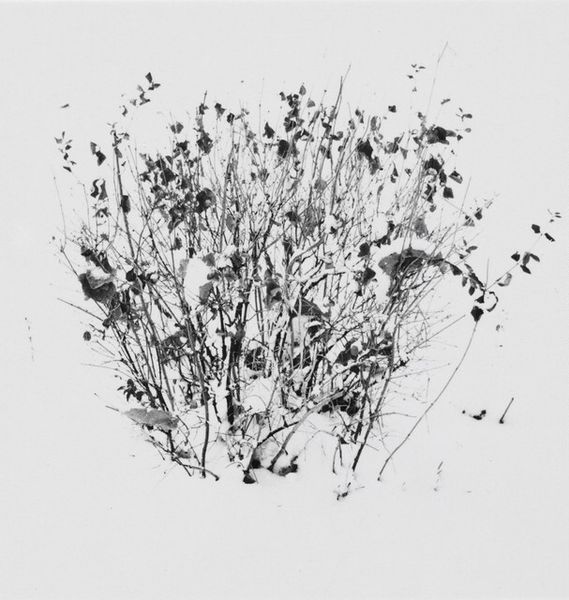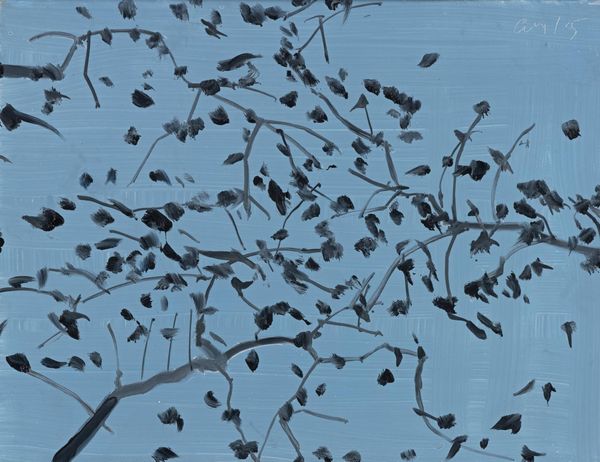
metal, sculpture, installation-art
#
organic
#
conceptual-art
#
arte-povera
#
metal
#
postminimalism
#
sculpture
#
installation-art
#
abstraction
#
line
#
abstract art
Copyright: Cildo Meireles,Fair Use
Curator: Cildo Meireles created "Meshes of Freedom" in 1976. It appears to be a network constructed with metallic wire. My first impression is of an intricate, almost delicate structure. What strikes you initially? Editor: The immediate feeling I get is one of constraint, despite the word "Freedom" being in the title. It's beautiful, undeniably, but those lines create a web-like enclosure that seems… restricting. Curator: I can see that. Considering the materials, this piece asks us to contemplate the role of industry and materiality in shaping our perceptions of liberty. What specific production processes were involved in forming the network, what resources had to be gathered? The artist has made those choices tangible and explicit. Editor: I am thinking more broadly about Meireles’ social context at the time. 1976 would have been towards the end of the Brazilian dictatorship, a period of intense political repression. The "meshes" become less about physical material and more about the ideological and political structures confining people. It really speaks to how art can challenge oppressive regimes and enter the public conscience. Curator: Interesting. You emphasize the public function, whereas I look more to the literal wires composing those meshes. What type of labor shaped them? What scale of manufacturing would be involved to construct so many connections? Even that specific colour of metal was manufactured somewhere and had a commodity value assigned to it. It is vital to inspect not just the finished work but all those preceding inputs, too. Editor: And it was presented in galleries. How does an artwork like this get valorized in the art market and become understood through exhibition practices? What role did institutions play in promoting—or even perhaps resisting—Meireles' message, depending on their own stances on the socio-political state of the country? Museums mediate, they do not just provide a neutral platform. Curator: Of course not, although perhaps, when we consider how galleries or patrons handle materials—how those installations will inevitably degrade with atmospheric changes or physical interactions, requiring conservation practices or replacements—then the underlying theme stays grounded in something elemental. Editor: So, while you focus on what freedom meant within material conditions of production, I reflect more upon it as an idea molded by politics and shown in spaces upholding specific sets of cultural norms. I find that interplay revealing. Curator: Indeed. And that highlights how much material and socio-political contexts work to sculpt a complex significance in artwork like "Meshes of Freedom". Editor: Agreed. "Meshes of Freedom," when contextualized by institutional power and broader cultural movements, helps us understand art's historical weight.
Comments
No comments
Be the first to comment and join the conversation on the ultimate creative platform.
